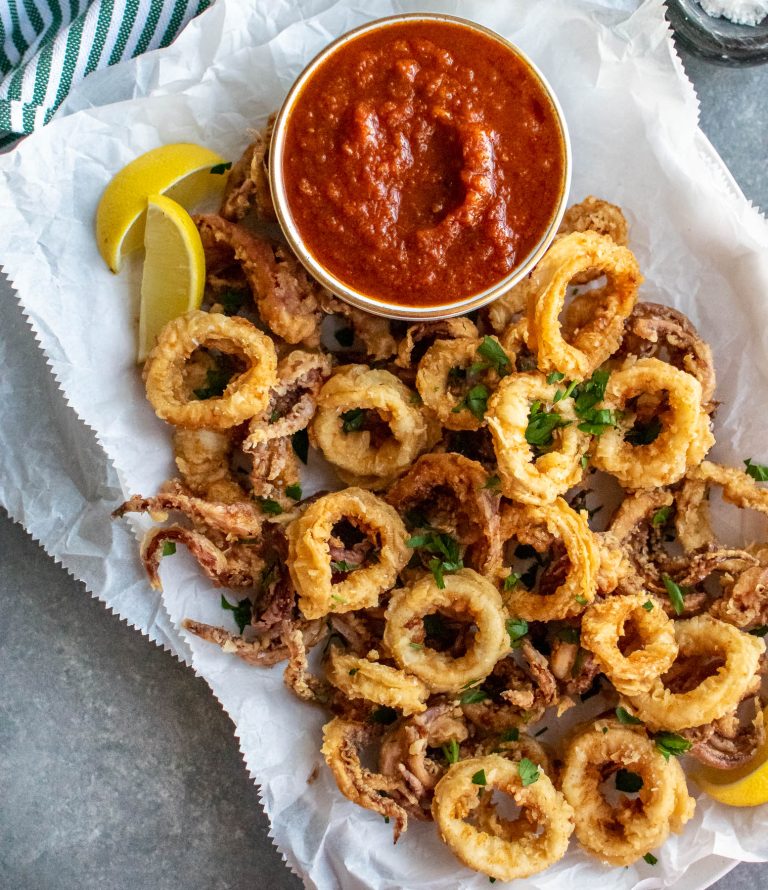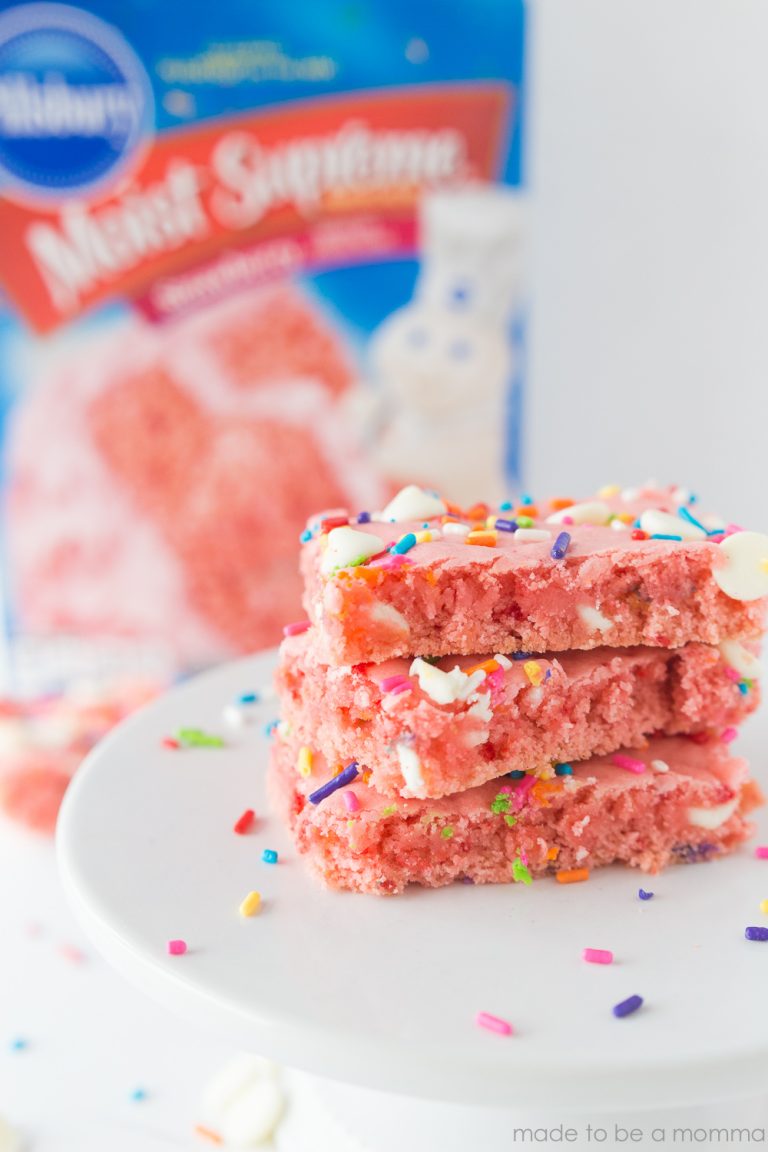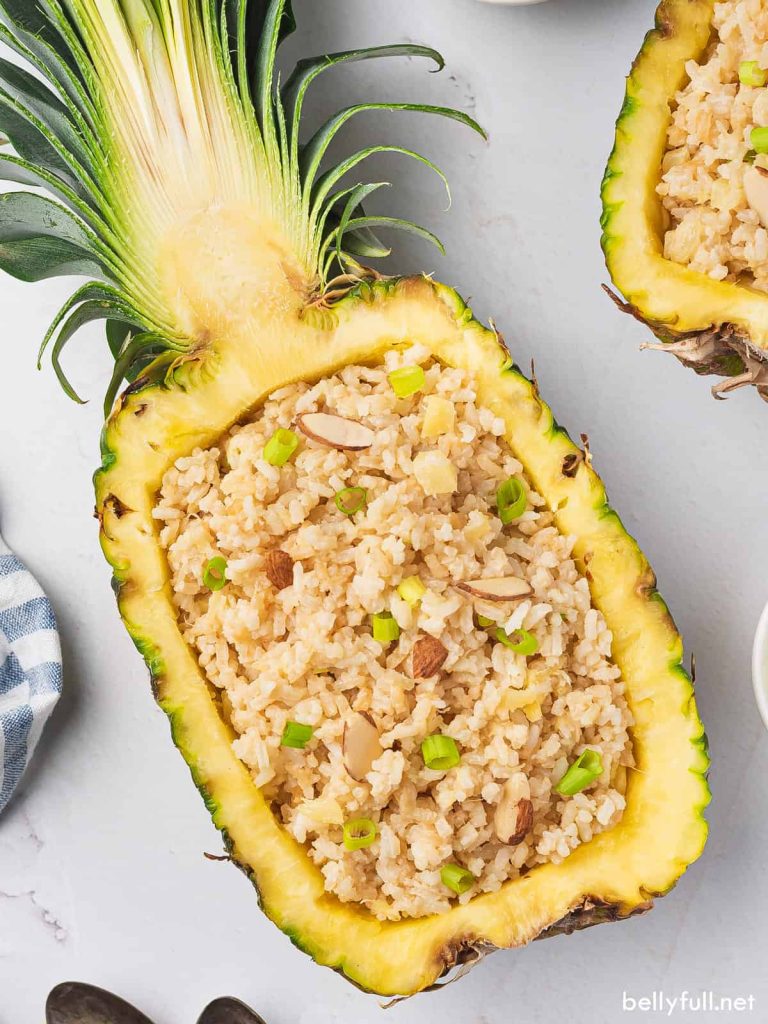Pork Pie: History, Recipes, Variations, and Perfect Pairings
Pork pies date back to medieval England, where they began as a way to preserve meat. Initially, the pastry served primarily as a vessel to keep the pork fresh. By the 18th century, pork pie recipes evolved, incorporating rich, jelly-like fillings made from bone broth. This version gained popularity in Victorian England, becoming a staple at social gatherings.
Regional Variations
Different regions in the UK offer unique adaptations of the pork pie. Melton Mowbray pork pies are renowned for their hand-formed, bow-shaped crusts. In contrast, Yorkshire favors more cylindrical shapes with thicker lids. In Wales, the addition of leeks provides an extra layer of flavor. These variations highlight the adaptability and enduring appeal of the traditional pork pie.
Key Ingredients of a Traditional Pork Pie
Meat and Seasonings
The heart of a traditional pork pie lies in its meat and seasonings. Authentic recipes use pork shoulder or pork belly, which offer a balance of lean and fatty meat. To enhance the flavor, add salt, black pepper, and sage. Some variations might include nutmeg or allspice for a subtle warmth. Finely chopped onions and garlic often join the mix, delivering a rich, savory experience. The meat-to-seasoning ratio ensures that each bite is well-seasoned without overwhelming the natural pork taste.
The Pastry
A traditional pork pie features a hot water crust pastry, known for its robust and pliable texture. This type of pastry combines flour, water, and lard, yielding a firm yet flaky crust capable of holding the pie’s substantial filling. Once the lard melts in boiling water, stir it into the flour and mix until a dough forms. After kneading and resting, shape the dough around the meat filling. This pastry not only encases the filling securely but also provides a delightful crunch that contrasts with the pie’s tender interior.
By focusing on quality meat, balanced seasonings, and correctly preparing the hot water crust pastry, you can create a pork pie that honors tradition while delivering exceptional taste and texture.
Making a Pork Pie at Home
Essential Equipment
To ensure a smooth process, gather all necessary equipment before starting. Essential items include:
- Baking Tin: Opt for a deep, round tin to shape the pie.
- Mixing Bowls: Use large bowls to mix fillings and dough.
- Rolling Pin: Roll out the pastry evenly.
- Sharp Knife: Chop the meat into fine pieces.
- Pastry Brush: Apply egg wash for a glossy finish.
- Food Thermometer: Ensure internal temperature reaches 165°F (74°C).
Step-by-Step Guide
Follow these steps to create a traditional pork pie:
- Prepare the Pastry: In a large mixing bowl, combine 1.5 cups flour and 1 tsp salt. Boil 0.5 cup water with 0.5 cup lard and pour into flour. Mix until a dough forms. Let it cool slightly.
- Make the Filling: Finely chop 1 pound pork shoulder and 0.5 pound bacon. Season with 1 tsp salt, 1 tsp pepper, and 0.5 tsp sage. Mix until evenly distributed.
- Assemble the Pie: Roll out two-thirds of the dough and line the baking tin, leaving some overhang. Fill with the meat mixture. Roll out remaining dough for the lid, place on top, and crimp edges to seal.
- Bake the Pie: Preheat oven to 350°F (175°C). Cut a small hole in the center of the lid to let steam escape. Brush with egg wash and bake for 90 minutes until golden brown. Ensure internal temperature reaches 165°F (74°C) before removing from the oven.
- Cool and Serve: Let the pie cool in the tin for at least 2 hours. Once cool, remove from the tin, slice, and enjoy.
By following these steps and using quality ingredients, you can create a pork pie that aligns with the rich tradition while delivering exceptional taste and texture.
Popular Pork Pie Variations
Melton Mowbray Pork Pie
The Melton Mowbray pork pie, originating from Leicestershire, England, stands out due to its unique recipe and protected geographical status. Unlike other pork pies, the Melton Mowbray version uses uncured meat, giving the filling a distinct gray color. The meat filling, seasoned simply with salt and pepper, highlights the flavor of the pork. Traditional Melton Mowbray pies are hand-formed without a mold, resulting in a rustic, uneven appearance. The hot water crust pastry, thick and golden, complements the savory interior. These pies are typically consumed cold, allowing the gelatin added during cooling to set and preserve the pie’s structure.
Modern Twists on the Classic
Modern twists on the classic pork pie incorporate diverse flavors and ingredients, catering to contemporary tastes. Some variations include apples, cranberries, or apricots to provide a sweet contrast to the savory pork. Others add herbs like thyme, rosemary, or sage, introducing complex flavors. Gourmet versions might feature high-end cuts like Berkshire pork or even exotic meats such as venison. You might find spicy versions with jalapeños or chipotle for a kick. Vegetarian alternatives, replacing pork with mushrooms, lentils, or nuts, offer delicious options for non-meat eaters. These innovations breathe new life into the traditional pork pie, making it appealing to a broader audience.
Pairings and Serving Suggestions
Beverages to Complement Pork Pie
Pairing the right beverage with pork pie enhances the dining experience. For a classic choice, consider an English ale. The rich malt flavors balance the savory notes of the pork pie. If you prefer wine, opt for a medium-bodied red such as a Merlot. The wine’s fruitiness pairs well with the pie’s hearty filling. Cider works exceptionally well too, providing a crisp contrast to the pork’s richness. Non-alcoholic options include sparkling apple juice or ginger beer, offering refreshing flavors that complement the pie’s ingredients.
Side Dishes and Condiments
Side dishes and condiments elevate a pork pie meal. Traditional sides like pickles and mustard add tangy and spicy notes, enhancing the pie’s taste. For a fresh element, include a simple green salad with a light vinaigrette. Coleslaw offers a creamy contrast to the pie’s texture. Sweet accompaniments like apple chutney or cranberry sauce provide a delightful sweetness. In warmer weather, serve the pie with chilled potato salad or a selection of fresh, crunchy vegetables to add a refreshing touch.
Conclusion
Pork pies offer a delightful blend of tradition and innovation, making them a versatile dish for any occasion. Whether you’re sticking to classic recipes or experimenting with modern flavors, the key lies in using quality ingredients and mastering the pastry. Pair your pork pie with the right beverages and side dishes to elevate your dining experience. With these insights, you’re well-equipped to enjoy or even create your own perfect pork pie masterpiece. Dive into the world of pork pies and discover the endless possibilities this timeless dish has to offer.






